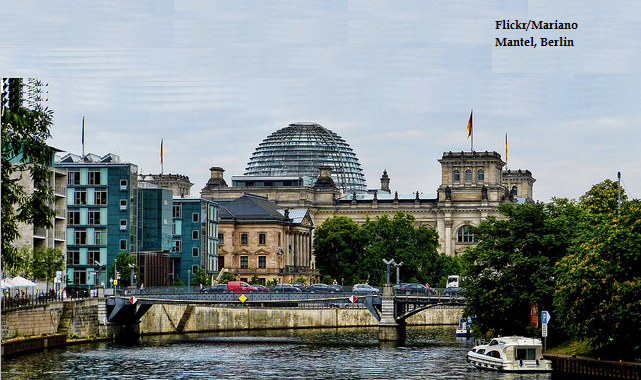
UK air quality: a lot to learn from Berlin
In the past month the UK Supreme Court ordered the British government to submit a new air quality plan to the European Commission by the end of this year. Air pollution is a hot issue in the country, there have been several experiments to improve air quality but there are numerous foreign examples - such as in Berlin - where effective plans are in place.
Air pollution is a hot topic in the UK. Only last month, the Supreme Court ordered that the government must submit a proper new air quality plan for the UK to the European Commission no later than 31 December 2015. In a recent news feature, BBC took a closer look at the experimental measures that are taken in London and compares them to the comprehensive policies that are in place for 4 years now in Berlin. London is experimenting Mayor Boris Johnson invested £ 1.43million into a “sticky roads experiment”, hoping that dust suppressants would glue pollution to the roads and become a game-changer for the problem of air pollution. But the expensive experiment failed, as scientists from King’s College London found that it is ineffective for PM10 particles. A new experiment in the UK is to build thick prison-like walls around schools and coat these walls in titanium-dioxide. The results of this experiment are not published yet, but should we start building walls around each school that is located near heavy trafficked roads? In London, 1.148 primary schools are within 150 metres of roads carrying 10,000 or more vehicles per day. Berlin feels and is cleaner As the UK has to deliver a new and more effective air quality plan, it is indeed a good idea to take a look at good examples abroad. Berlin has set priorities, as Dr Axel Friedrich (former long-standing division manager Environment and transportation“ at the Federal Environment Agency) explains this in the BBC-report: “The question is, to whom belongs the city? To cars or to people? It should be the people.” Berlin has put into place a strict Low Emission Zone that keeps high polluting cars, buses and trucks out of the city. Parking restrictions went together with more and better cycling, walking and public transport facilities. And last but not least, the population’s awareness on the negative effects of air pollution was raised to get more support and understanding for these “unpopular measures”.
The city of Berlin was at the top of the 2013 ranking of Soot Free Cities because of its focused and comprehensive policies. Due to budgetary difficulties the city was not able to keep its good position in 2015, but the measures taken 4 years ago do have lasting changes. The city is on course of solving most pollutant problems and monitors the progress closely.
Regions:
Topics:
- Log in to post comments
Contact the author
Recent news!
Upcoming events
Contact Us
Avenue des Arts, 7-8
Postal address: Rue de la Charité, 22
1210 Brussels, Belgium









